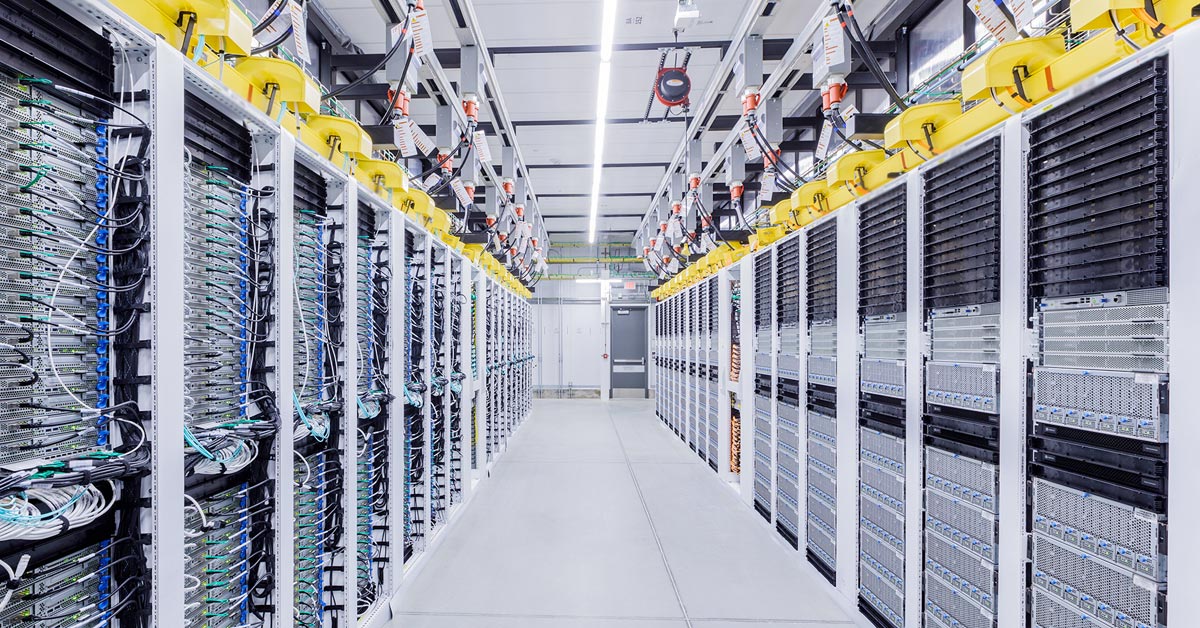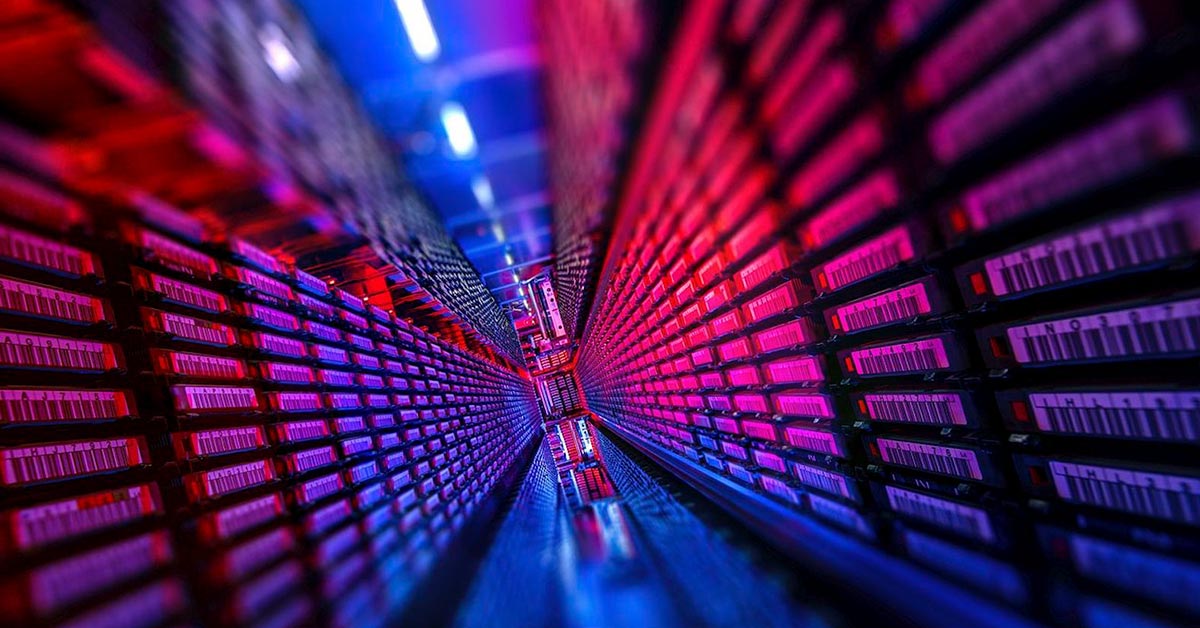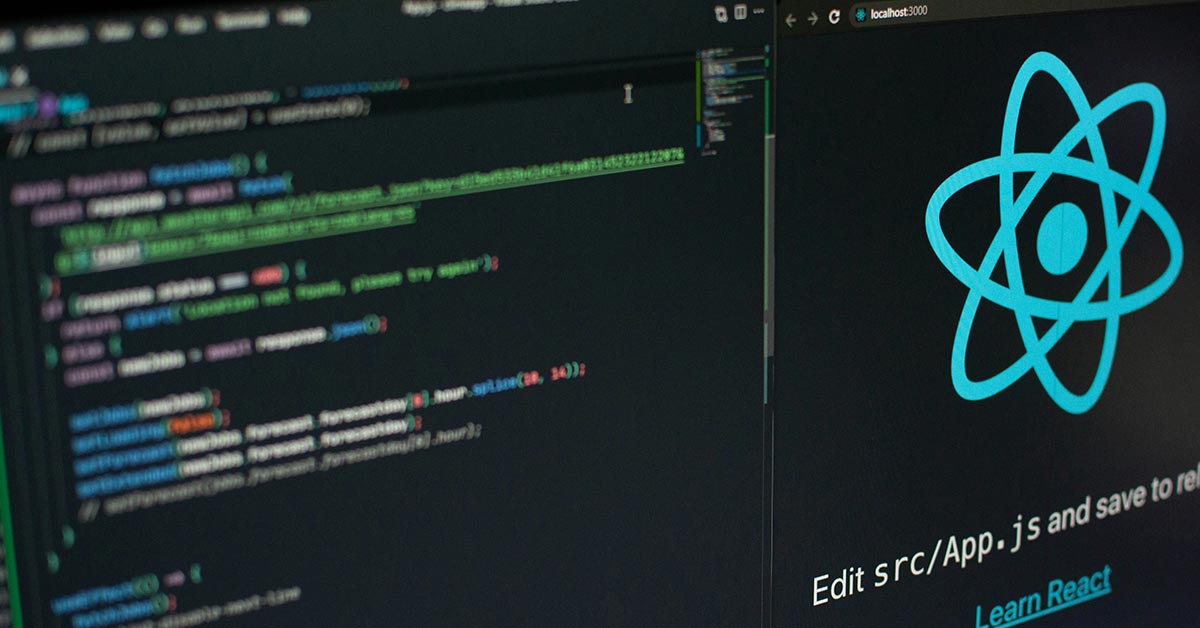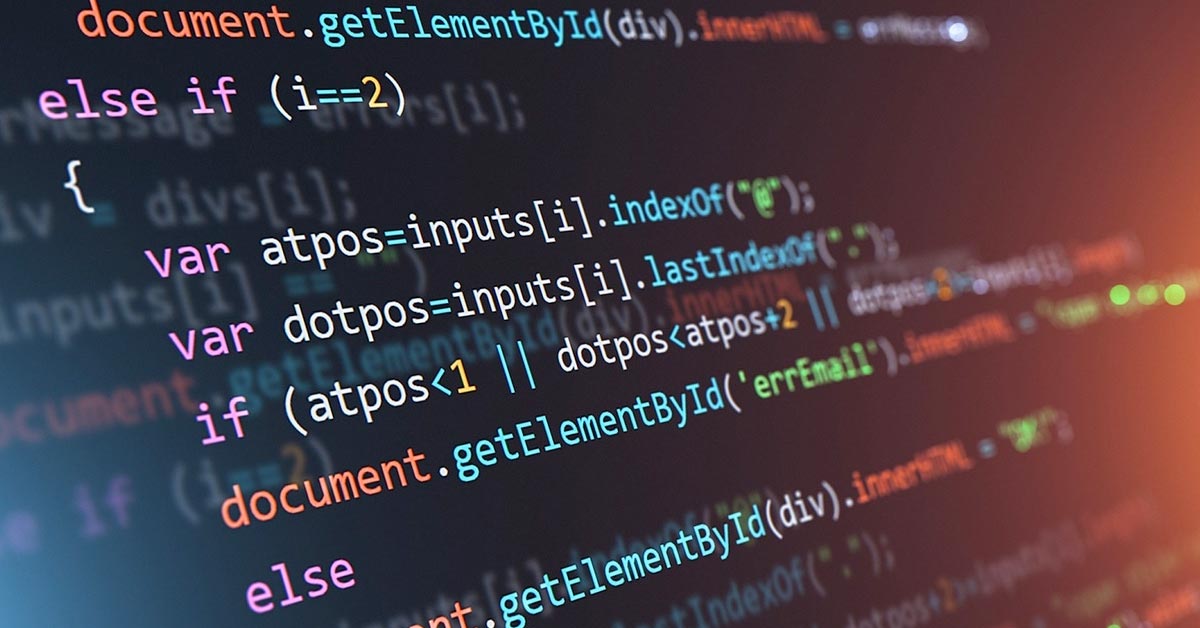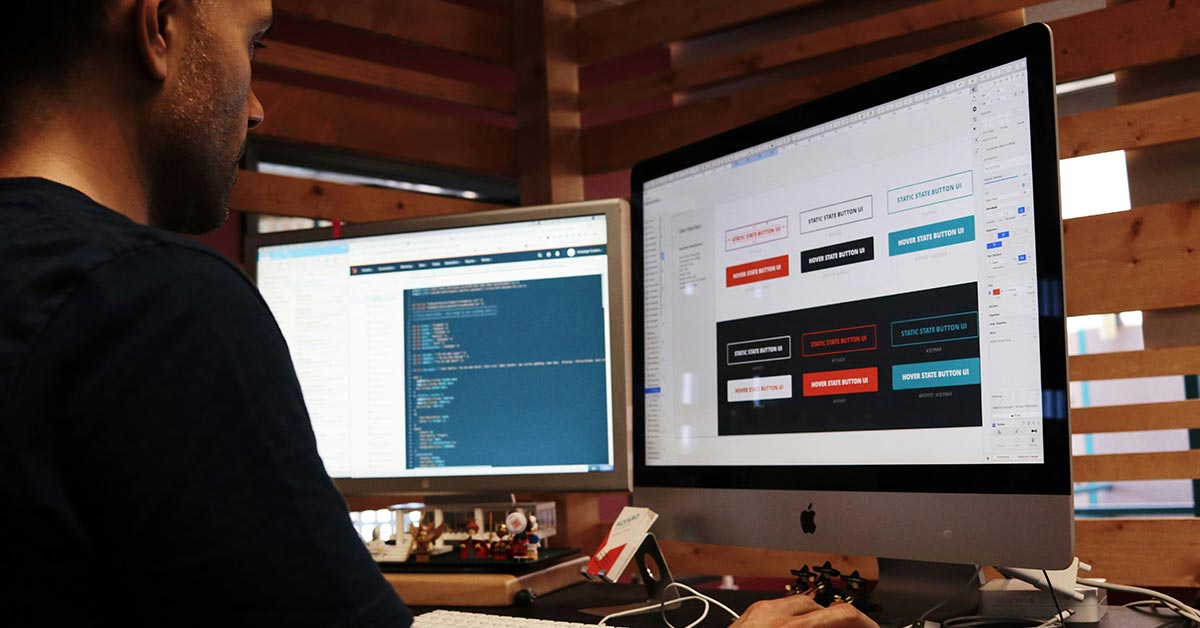We have mentioned AI for Social Good in a couple of our previous blogs on artificial intelligence (AI) (AI in Business: What AI Can Do in 2023 and The Development of AI), but what is it? AI for Social Good is not a type of AI. It is an ethical concept for how AI should be used. In simple terms; that AI should be used for the betterment of society with consideration for the limitation of its potential harms. AI for Social Good focuses on the 17 Sustainable Development Goals laid out by the United Nations (UN).
17 Sustainable Development Goals
The UN’s 17 Sustainable Development Goals are:
- No Poverty
- Zero Hunger
- Good Health and Well-Being
- Quality Education
- Gender Equality
- Clean Water and Sanitation
- Affordable and Clean Energy
- Decent Work and Economic Growth
- Industry, Innovation and Infrastructure
- Reduced Inequalities
- Sustainable Cities and Communities
- Responsible Consumption and Production
- Climate Action
- Life Below Water
- Life on Land
- Peace, Justice and Strong Institutions
- Partnerships for the Goals
You can find more information on the UN’s sustainable development goals here.
A Different Approach
In technology research the focus is often on capabilities. What can we make, how smart can we make it, how can we improve it, etc. In AI for Social Good, the focus is on what is to be achieved, and the required technology to achieve it worked back from there.
For example, to meet the Clean Water and Sanitation goal, a desire could be for a way to monitor the water for sanitation levels, report levels that do not meet requirements and start a process (to cleanse the water or reroute water or whatever the best approach may be) automatically. Once sensors and other tech required to complete actions are installed, AI can be trained on how to approach different scenarios and implement solutions. In this way, AI for Social Good focuses on a goal and then considers which AI technologies work best to achieve it.
“technology should not be imagined as a solution on its own, outside of the context of its application: it merely aligns with human intent and magnifies human capacity”
– Tomašev et al., 2020
AI for Social Good: Guidelines
Tomašev et al., 2020 created a set of guidelines for AI for Social Good (see table below). These guidelines set out how projects should approach AI for Social Good. They include considerations such as the importance of trust, data readiness and simplicity.
| G1 | Expectations of what is possible with AI need to be well-grounded. |
| G2 | There is value in simple solutions. |
| G3 | Applications of AI need to be inclusive and accessible, and reviewed at every stage for ethics and human rights compliance. |
| G4 | Goals and use cases should be clear and well-defined. |
| G5 | Deep, long-term partnerships are required to solve large problems successfully. |
| G6 | Planning needs to align incentives, and factor in the limitations of both communities. |
| G7 | Establishing and maintaining trust is key to overcoming organisational barriers. |
| G8 | Options for reducing the development cost of AI solutions should be explored. |
| G9 | Improving data readiness is key. |
| G10 | Data must be processed securely, with utmost respect for human rights and privacy. |
Conclusion
In conclusion, AI for Social Good is an important consideration in the continued development of our world. Beyond the business uses for AI, creating AI that is capable of improving the lives of people all around the world should be a societal focus.



